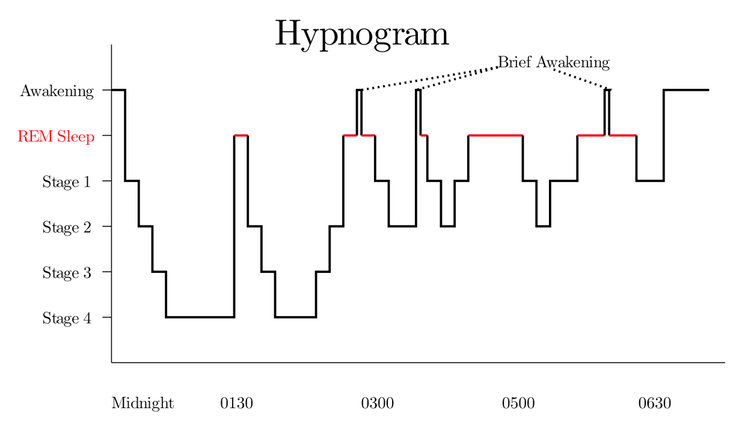“I work 14 hours a day”, he exclaimed with his chest pumped up. The people around gasped, “Wow, he is such a dedicated guy. I am sure he is an achiever.”
The world believes in the following equation:
long working hours = more work done
Many of the organizations even reward the employees who work beyond their working hours.
When a person works over 12 hours often, some real questions need answers.
- Was there a need to work those many hours?
- How many of those working hours went wasted?
- Could the same work be accomplished in 8 hours with better efficiency?
Enough and more articles exist on how hard work leads to success. Yes, effort does play a key role in your achievements, but a long grind every day does not always imply hard work. In most cases, it even causes the opposite effect.
The dangers of long working hours
1. Long hours are an excuse for unfocused work
A few years back I had a routine of working 14+ hours for 6 days a week. I considered it a matter of pride for putting in immense efforts day after day. Today when I look back, I realize I did not make every minute of those hours count. Since I knew I had enough time on my hands, I would compensate for my poor efficiency with long hours.
More work? No problem, I will work a few more hours. New obstacle? I will tackle it by working extra hours. Another project? Bring it on, I’ll do it.
Over time, long working days turn into a vicious circle that pulls your attention in different directions.
2. Long hours lead to poor prioritization
When you have a long day at work, you feel like picking every task thrown at you. You end up delivering average results on tasks that you should have never worked on at all.
When you try to focus on many things, you forget the real goals which matter to you. You end up helping another person achieve their dream than chase your own.
3. Long hours require a compromise
You only have 24 hours in a day. If you spend most of these working, you end up compromising on some other aspect of your life. In most cases, you ignore your personal life, family or sleep.
Over the long term, paying a blind eye to those areas bites you back causing damage you cannot recover from.
4. Long hours are not sustainable
When you are in you’re 20’s, you can manage to work long hours and get by. As time passes by, you have more responsibilities to attend to making your old lifestyle unsustainable. If not anything else, at some point the endless work takes a toll on your health.
How to get more done by working less in 5 ways
Are you surprised hearing you can do more by working less? That sounds like a magic pill, doesn’t it? Well, the secret of getting more done in fewer hours lies in its simplicity.
1. Have an end of day time
When you force yourself to end your day at a certain time, you face an invisible deadline. All of a sudden you have limited working hours to complete all your tasks. You now have to pick and choose to prioritize the right tasks. You can no longer afford to waste 1 hour on a task you earlier completed as a part of your daily routine.
2. Have a stop time for a task
As human beings, we like to finish a task we started. Driven by that urge, you tend to keep working on a task until you finish it even if it isn’t the need of the hour.
Set yourself a time to finish the task. Add a small buffer time for any unforeseen scenarios. Once the clock hits that time, you must move on to the next task unless you have a compelling reason to finish it that day. Such an approach helps you keep your overall to-do list moving instead of pulling your hair on a single task you’re struggling with.
3. Cut your working hours by 2-3 hours
On a random day, give yourself 2-3 hours less than what you have. For example, if you work for 10 hours on a regular day, you can only work for 7 hours that day. Though you have lesser time, you must still execute all your tasks for the day.
A smaller time-frame forces you to stretch your limits and think of new ways of doing things faster. If you do not force yourself to improve, your brain prefers to take as much time as possible. Once you achieve your goal in a shorter time, you start realizing ways to optimize your performance.
Do this often enough and your improved performance becomes a part of your routine.
4. Create a list of what not to-do
You have a to-do list, but do you have a not to-do list? Knowing what not to do saves you more time than defining the 100 tasks you have on your plate. For example, here are a few things you can add as a part of your not to-do list:
I will not use my phone when I am working
I will not browse social media during my working hours
I will not spend more than 15 minutes a day on the routine task X
I will not work on more than 2 major projects at a time
I will not check my emails more than 2 times a day
Killing all your distractions and working with focus does wonders for your productivity. When you channel all your attention on the task at hand, you can complete work in 2 days which would otherwise take you a week.
5. Work in time blocks
Break some parts of your day into blocks using the time blocking technique. Setting aside 2 hours a day can yield amazing results. During these time blocks, you must focus only on tasks that help you fulfill your long term goals. Pick a time when you have the least chance of disturbance and lock yourself in a closet if need be.
The key to time blocks is ensuring you follow the routine on all working days. These blocks seem small when you begin but over time provide massive compounded returns.
Conclusion:
Getting more done in fewer hours is not about learning new productivity skills. It is all about eliminating your bad habits which suck time out of your daily routine.
When you work long hours, you fool yourself into believing that everything you work on is important and that you are at your operational best. The only way you can stretch your limits and focus on the things that matter is by cutting down your working hours.
Now that isn’t a comfortable change to make. Most people who read this article will go back to their old routine. The question is, will you?
_____________
I am Maxim Dsouza. I turned down a corporate job in a quest to build something successful of my own. In this journey, I have been a part of and contributed extensively to multiple failed startups. I am yet to find what works, but my experience has taught me what doesn’t.
Today, I write on my blog Productive Club. I share tips on how to improve productivity, overcome procrastination, improve focus and overcome fear based on my lessons learned. My approach is to never run a sprint but take small baby steps like a marathon while enjoying the journey.
Help us help others. Please like this article. Share this article on your social media and with your tribe. And leave your comments below!
ps: Download our free guided meditation self hypnosis MindPower Programs and Live Better On Purpose!










